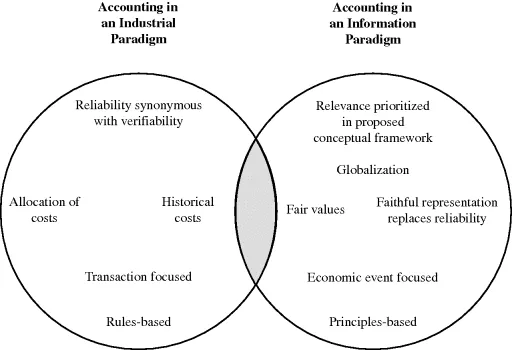
Valuation for Financial Reporting
Fair Value, Business Combinations, Intangible Assets, Goodwill, and Impairment Analysis
Michael J. Mard, James R. Hitchner, Steven D. Hyden
- English
- ePUB (adapté aux mobiles)
- Disponible sur iOS et Android
Valuation for Financial Reporting
Fair Value, Business Combinations, Intangible Assets, Goodwill, and Impairment Analysis
Michael J. Mard, James R. Hitchner, Steven D. Hyden
À propos de ce livre
Now in a third edition, Valuation for Financial Reporting provides practical implementation guidance for practitioners, auditors, and their clients in the private and public sectors. This one-stop resource clearly explains SFAS 141R, Business Combinations; SFAS 160, Noncontrolling Interests in Consolidated Financial Statements; and SFAS 157, Fair Value Measurements. The new edition furthers the elements of fair value in financial reporting in accordance with recent standards, providing primary emphasis on fair value measurements and reporting, and the valuation and impairment analysis of intangible assets and goodwill.
Written by leading experts in the valuation field, the Third Edition features:
- Invaluable tools including flowcharts for SFAS 157 and SFAS 141R, a checklist for implementing the fair value measurement standard, and a preparer's worksheet
- Discussion of the valuation aspects of the new financial reporting requirements, including how to identify and measure contingent considerations
- Interpretations of the accounting requirements with application of the requirements to specific facts and circumstances
- Specific guidance for determining fair value in a business combination
- Guidance for determining fair value measurement, including fair value definition, transaction costs, transportation costs, market participants, and highest and best use
Now featuring an accompanying Website, Valuation for Financial Reporting, Third Edition is practical and easy to follow, with detailed examples of an impairment analysis as well as a business combination in which tangible and intangible assets are identified and valued. It is the authoritative reference every valuation professional must have.
Foire aux questions

